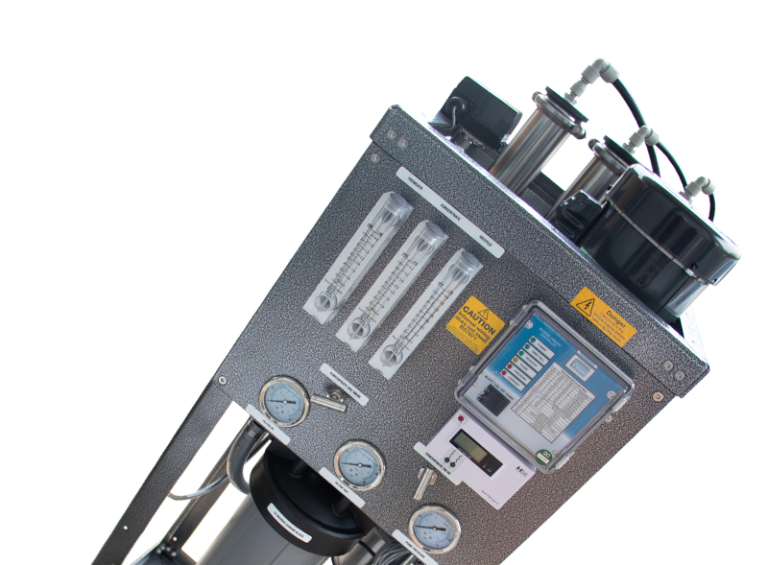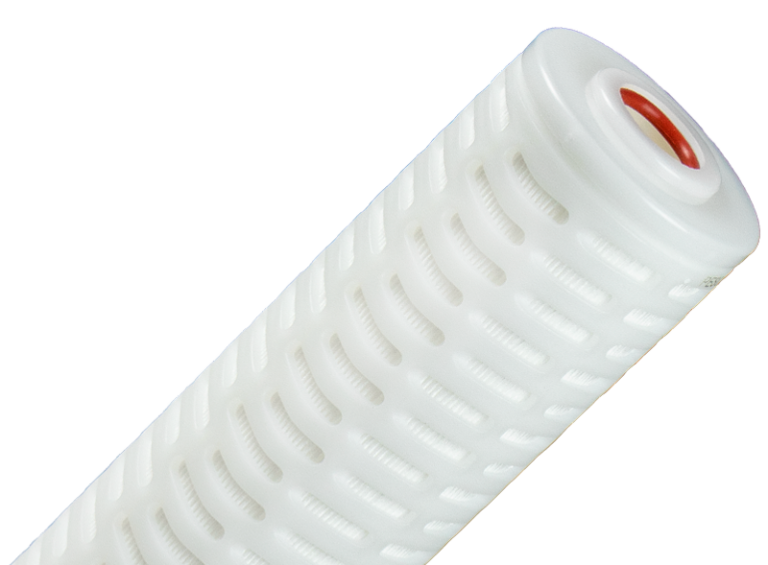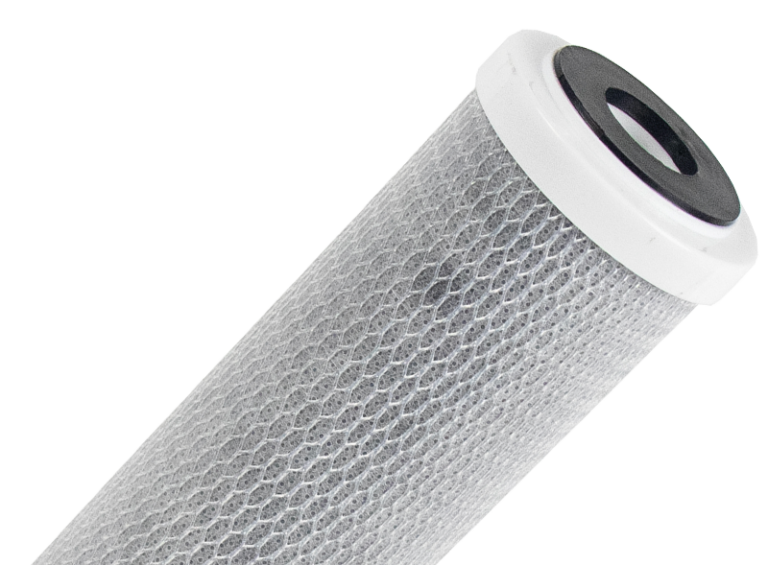In recent years, the term ‘microplastics’ has gone from a scientific buzzword to a growing public concern. Found in everything from bottled water to seafood, these tiny plastic particles are raising serious questions about what we’re consuming, and more importantly, how it may be affecting our health.
But, what exactly are microplastics? Where do they come from? And why should we care about filtering them out of our water systems?
Let’s break it down.
What Are Microplastics?
Microplastics are tiny plastic fragments less than 5mm in size. They come from a variety of sources:
- Primary microplastics, such as microbeads in cosmetics or industrial abrasives
- Secondary microplastics, which form when larger plastic items break down in the environment due to sunlight, heat or friction.
These particles are so small that they often pass through standard wastewater treatment processes and end up in our rivers, oceans, food supply and even our tap water.
Where Do Microplastics Come From?
Microplastics come from both everyday consumer products and larger-scale environmental breakdown. Common sources include synthetic clothing fibres released during laundry, car tyre wear that washes into drains, and plastic packaging that degrades over time.
Personal care items like exfoliating face scrubs and toothpaste can contain tiny plastic beads, and in industrial settings, plastic pellets used in manufacturing can spill into water sources.
Over time, sunlight, friction, and water break down larger plastic debris into microscopic fragments, which then make their way into our water systems, food supply and ultimately, our bodies.
Why Are Microplastics Harmful to Human Health?
Although research is still ever-evolving, what we know so far is concerning. Microplastics have been detected in human blood, lungs, breast milk and even placental tissue. Here’s why that matters:
1. Toxic chemicals
Microplastics can attract and absorb harmful substances like pesticides, heavy metals and persistent organic pollutants. When consumed, these toxins may enter the human body and disrupt hormonal balance, damage organs, or contribute to long-term diseases.
2. Trigger inflammation
Some studies suggest that once microplastics are inside the body, they can cause inflammatory responses, particularly in the gut. This can impact digestion, immunity, and nutrient absorption.
3. Endocrine disruption
Many plastics contain additives like BHA and phthalates, known as endocrine disruptors. These substances can interfere with hormone regulation and may be linked to fertility issues, developmental problems in children, and even certain cancers.
Other Concerns You Might Not Have Considered
Microplastics don’t just affect personal health, they also impact everyday things such as:
Drinking water quality: whether from the tap or a bottle, your water may contain microplastics.
Food safety: microplastics have been found in table salt, honey, and a wide range of seafood.
Air quality: yes, we can even breathe in microplastics from dust and synthetic fibres in indoor environments.
The issue of microplastics is widespread, and likely more personal than many people realise.
Want to know how to remove microplastics from your water? See our blog here.





















